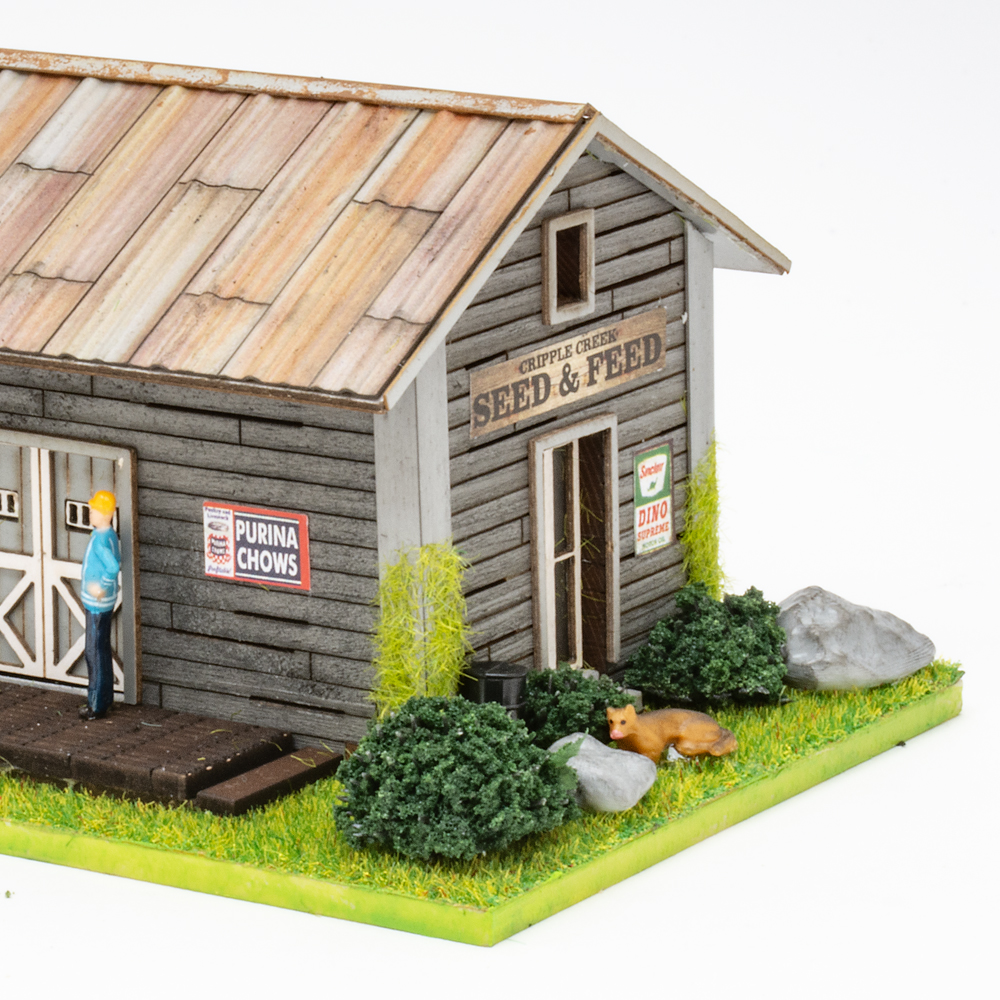
Price: $24.99 Manufacturer Menards 5106 Menard Dr. Eau Claire, WI 54703 menards.com/trains Era: 1930s to present Comments: Cripple Creek Seed & Feed joins the ever-growing lineup of HO scale structures from Menards. The factory-assembled model, which measures 4-⅜” wide x 3-¼” deep x 2-7/16” high, uses medium density fiberboard (MDF) construction and has a scenicked […]
Read More…
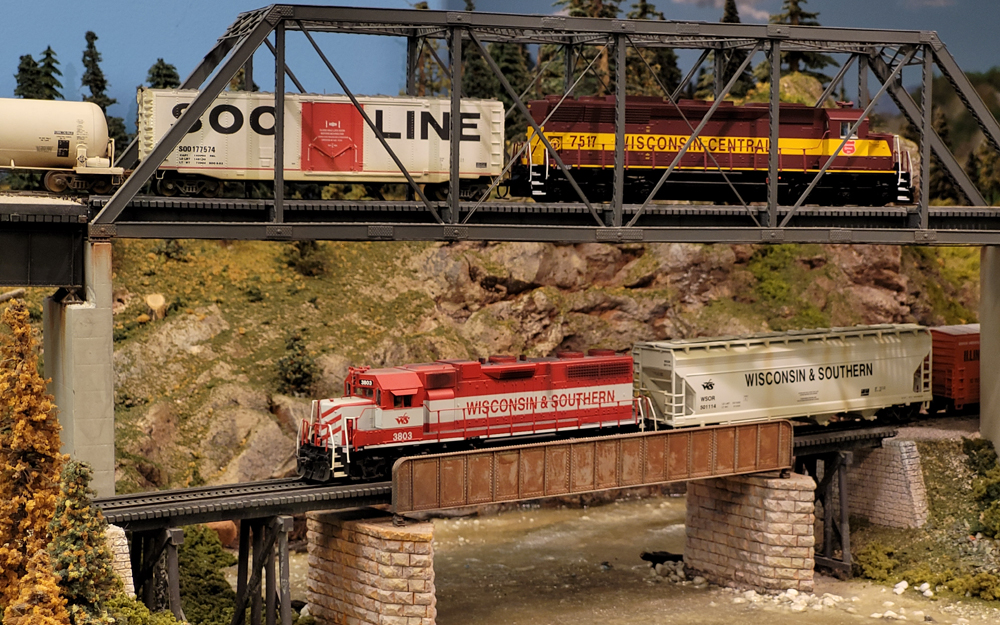
Chances are good that if you’re building a model railroad, you’ll want to include a bridge. After all, who doesn’t love a good bridge? I can’t speak for anyone else, but when I think of San Francisco, I think Golden Gate. When I think of Duluth, Minn., I think of the Aerial Lift Bridge (well […]
Read More…
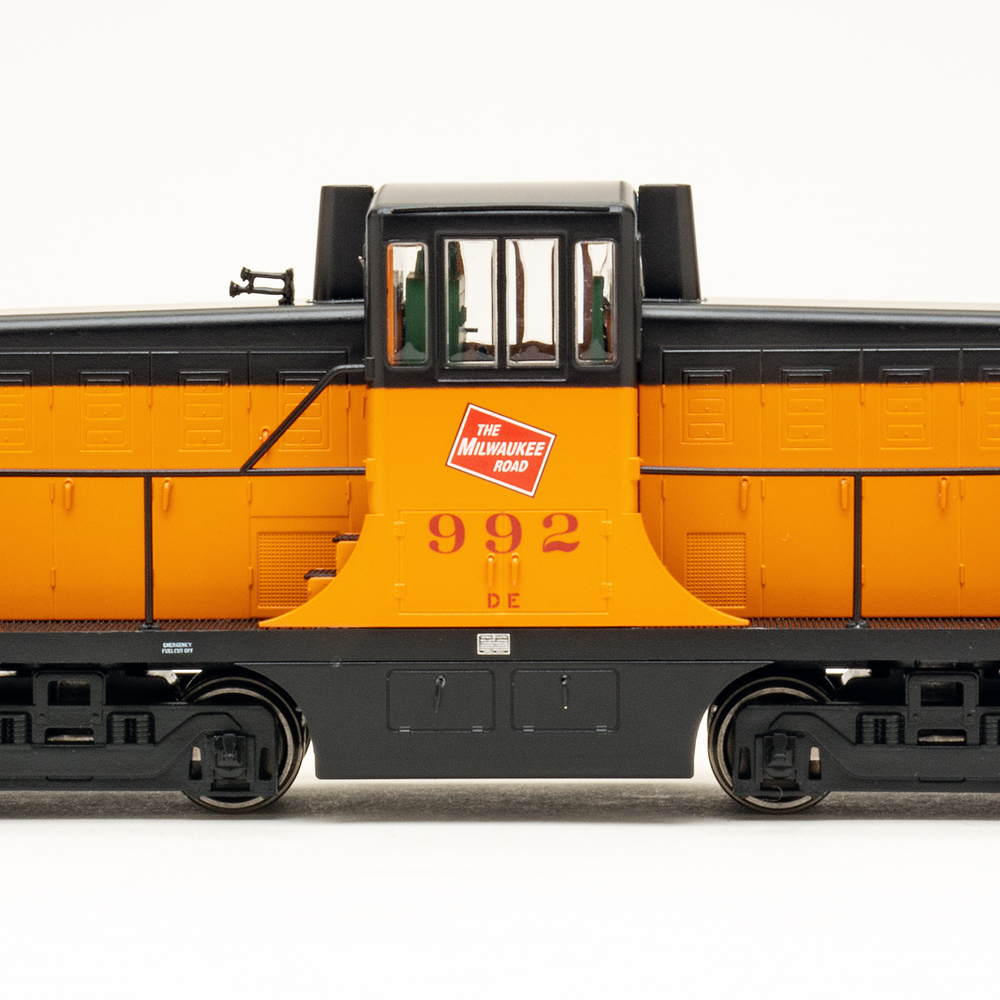
A General Electric 44-ton diesel locomotive is the latest addition to the Rapido Trains HO scale diesel lineup. The center-cab switcher has an injection-molded plastic body; heavy, die-cast metal chassis; and prototype-specific details. Prototype history General Electric produced the 44-ton diesel locomotive from Sept. 1940 to Oct. 1956. During the course of the production run […]
Read More…
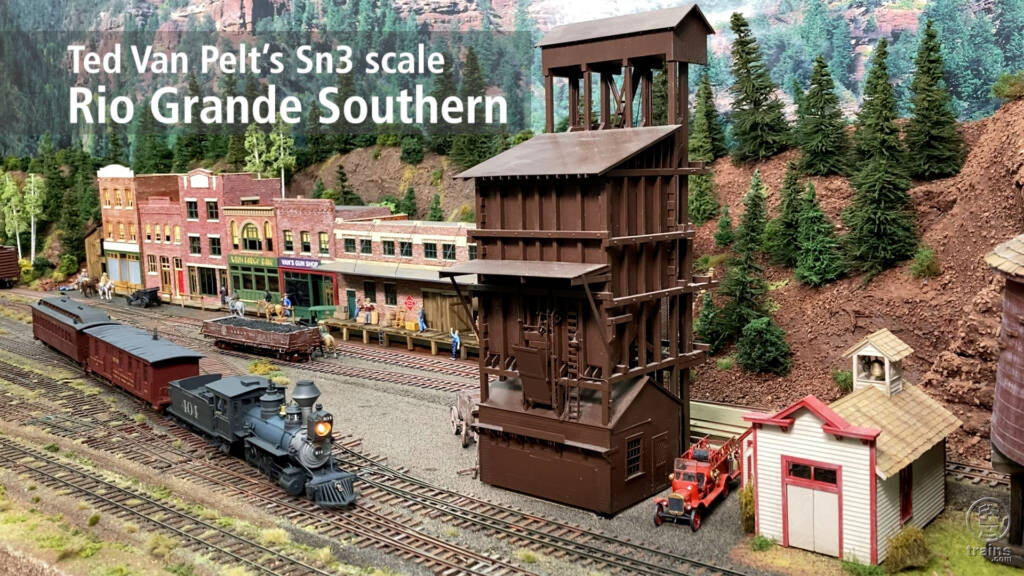
In the February 2025 issue of Model Railroader, readers got to learn more about Ted Van Pelt’s Sn3 Rio Grande Southern. The 22 x 22-foot layout, set in Colorado in 1930, features narrow gauge freight and passenger action, many scratchbuilt structures, and photo backdrops of prototype locations in the Centennial State. The walk-in layout has […]
Read More…

In the February 2025 issue of Model Railroader, readers got to learn more about Ted Van Pelt’s Sn3 Rio Grande Southern. The 22 x 22-foot layout, set in Colorado in 1930, features narrow gauge freight and passenger action, many scratchbuilt structures, and photo backdrops of prototype locations in the Centennial State. The walk-in layout has […]
Read More…
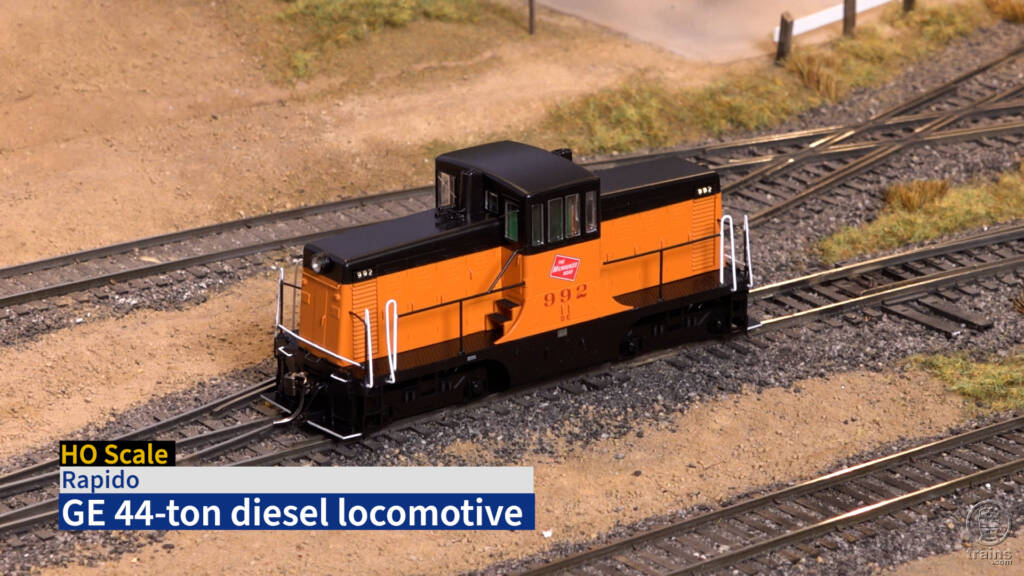
The much-anticipated Rapido HO GE 44-ton diesel locomotive recently arrived at our headquarters. Model Railroader Senior Editor Cody Grivno provides a brief history of the center-cab switcher and Milwaukee Road 992; points out the various details on the diesel; and demonstrates the sound and light function on the model, equipped with an ESU LokSound V5 […]
Read More…

The much-anticipated Rapido HO GE 44-ton diesel locomotive recently arrived at our headquarters. Model Railroader Senior Editor Cody Grivno provides a brief history of the center-cab switcher and Milwaukee Road 992; points out the various details on the diesel; and demonstrates the sound and light function on the model, equipped with an ESU LokSound V5 […]
Read More…
The year was 1933, and the Great Depression was in full swing. Lionel was touting the new “Chugger” sound mechanism in its locomotives and still cataloging the landmark Nos. 396E Blue Comet and 411E State passenger sets. On the back page of the consumer catalog, Lionel introduced something new and unlike anything it had offered […]
Read More…
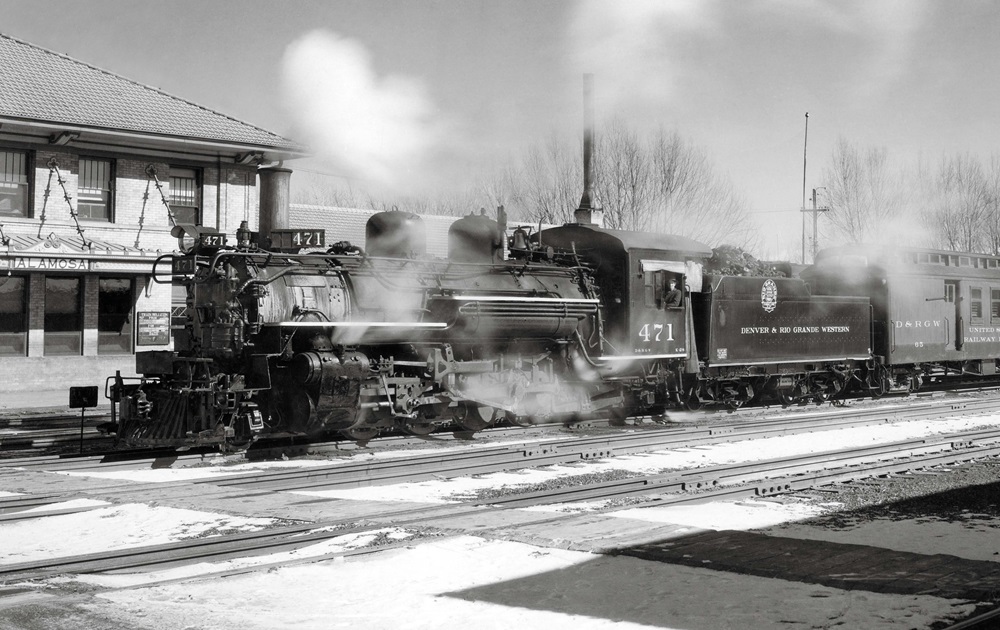
The silver and gold bonanza of the late 19th Century led to a boom in narrow gauge railroad startups across Colorado. But out of the plethora that’ve come and gone, which left an impact in the Centennial State and sparked our enthusiasm to visit what’s left today? Let’s find out by reminiscing about five prolific […]
Read More…

Model trains have long captivated the imagination of hobbyists, collectors, and enthusiasts of all ages. From their origins as simple tinplate toys to today’s intricate, highly-detailed machinery, model trains trace a fascinating evolution that mirrors advancements in technology and changes in cultural trends. Let’s explore how this beloved hobby developed over the decades. Tinplate Trains […]
Read More…
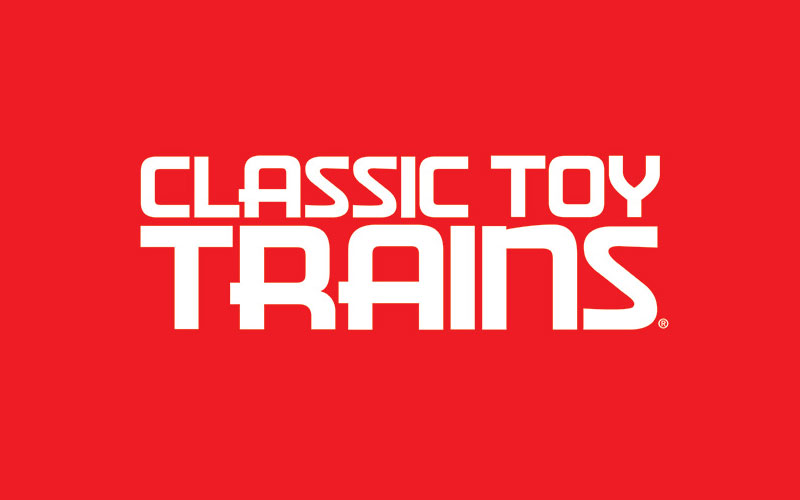
Trainz has purchased the inventory of screws, bolts, springs, rivets, and fasteners from L&L Model Train Restoration Co. (Len Carparelli). The business, known as the Ted Nyerges Bolt & Screw Company, offers a line of fasteners for postwar Lionel trains. Trainz plans to increase the availability of screws, fasteners and other small parts at Trainz.com. […]
Read More…

Classic Toy Trains Senior Editor Roger Carp and Project Roar’s John Schmid open and unbox a brand-new book called Lights, Camera, Lionel Trains! This hardcover book, published by Project Roar and authored by noted toy train historian Roger Carp, showcases the importance and significance of Lionel Trains throughout the years. A Lionel train was more […]
Read More…









